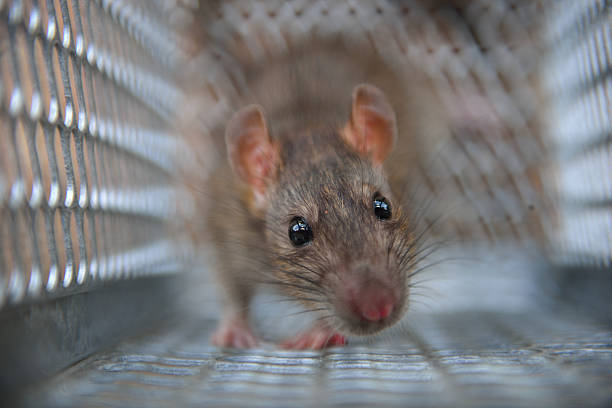
Introduction
When it comes to animals, there are some that are universally adored and others that are considered less appealing. One such creature that often falls into the latter category is the ugly rat. Despite its unattractive appearance, the rat plays a crucial role in ecosystems and has its own unique charm. In this article, we will explore the world of the ugly rat and shed light on its misunderstood nature.
The Ugly Rat's Physical Traits

The ugly rat, scientifically known as Rattus horrendus, is a small mammal belonging to the rodent family. It is often characterized by its hairless, wrinkled skin, large ears, and long tail. Unlike the more commonly known pet rats, the ugly rat lacks the soft fur that adds charm to its counterparts. Its appearance, while not visually appealing to many, serves a purpose in its environmental adaptation.
Adaptations for Survival

Despite its unattractive exterior, the ugly rat has several adaptations that aid in its survival. One of the most significant adaptations is its hairless skin, which allows the rat to navigate through tight spaces without getting caught on objects. Additionally, the rat's large ears and long tail help it maintain balance and navigate its surroundings efficiently. These physical traits, though not visually appealing, contribute to the rat's success in its environment.
The Ugly Rat's Role in Ecosystems

While many may view the ugly rat as a nuisance or pest, it actually plays a crucial role in ecosystems. Rats, including the ugly rat, are important scavengers, consuming and recycling organic matter that would otherwise go to waste. Their presence helps maintain the balance of various ecosystems, even though their appearance may not be aesthetically pleasing.
Ugly Rat Misconceptions

Due to their association with unclean environments and disease transmission, rats, including the ugly rat, have garnered a negative reputation. However, it is important to note that not all rats, including the ugly rat, are carriers of diseases harmful to humans. It is essential to distinguish between the various species and not generalize them solely based on appearance.
Ugly Rat as a Lab Animal

The ugly rat, with its unique attributes, has become a valuable subject for scientific research. Due to its adaptability and ease of maintenance, it is often used as a lab animal in various experiments and studies. Its genetic makeup and physiological similarities to humans make it an ideal candidate for medical research, allowing scientists to gain insights into human diseases and potential treatments.
Conservation Efforts

Despite the lack of appeal associated with the ugly rat, conservation efforts are underway to protect its habitat and preserve its population. As with any species, maintaining biodiversity and understanding the role each organism plays in ecosystems is crucial. By appreciating the ugly rat's unique qualities and ecological importance, we can work towards its conservation and coexistence.
Conclusion
The ugly rat may not win any beauty contests, but its significance in ecosystems cannot be overlooked. While its appearance may not be visually pleasing to some, it possesses adaptations that contribute to its survival. By dispelling misconceptions and understanding the role of the ugly rat in the natural world, we can foster a greater appreciation for its existence. Let us recognize the value each creature brings, regardless of their outward appearance.